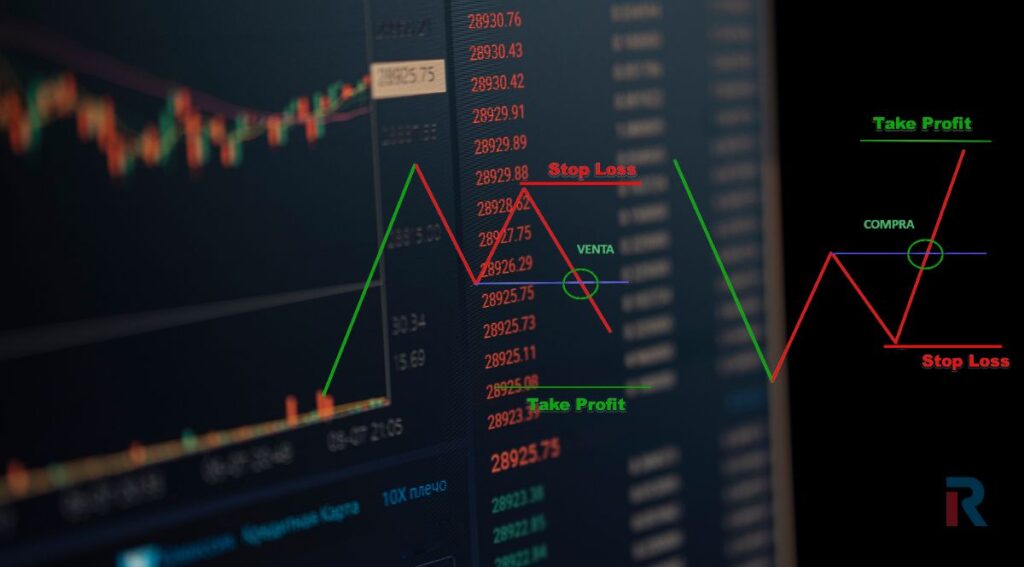Whether you’re new to trading or an experienced investor, understanding how to use stop loss and take profit orders is essential. These tools help you manage risk and lock in profits—two of the most crucial aspects of any successful trading strategy.
What Are Stop Loss and Take Profit Orders?
Stop loss orders automatically sell an asset when its price drops to a certain level, preventing further losses. Conversely, take profit orders sell your asset when it hits a predetermined price, securing your gains.
These orders allow traders to automate decisions and remove emotion from the process. For example, you can set a stop loss to sell Bitcoin at $25,000 if it drops, and a take profit to sell at $35,000 to lock in earnings.
Why Are These Orders Important?
The financial markets—whether you’re trading crypto, stocks, or forex—are volatile. Stop loss and take profit orders help:
- Minimize losses during market dips
- Secure profits when targets are met
- Remove emotional decision-making
- Automate your trading plan
By incorporating them, you’re putting a structure in place that supports discipline and reduces the risk of making impulsive decisions.
How to Set a Stop Loss Order
To set an effective stop loss:
- Know your risk tolerance: Most traders risk 1-2% of their capital per trade.
- Use technical analysis: Identify support levels or trend lines.
- Avoid placing it too close: You don’t want to be stopped out by regular volatility.
For example, if you’re buying Ethereum at $3,000 and willing to risk 5%, you could place your stop loss at $2,850.
How to Set a Take Profit Order
A take profit level depends on your trading goals:
- Use resistance levels: Identify where the price may struggle to go higher.
- Risk-to-reward ratio: A good rule is 1:2 (risking $100 to make $200).
- Market conditions: Bullish trends may allow for wider take profit margins.
Suppose you’re trading Solana and you buy it at $100. If your target is a 20% gain, you could set your take profit at $120.
Combining Both Orders in a Trade
Most trading platforms (like Binance, eToro, or Coinbase Pro) allow you to place both a stop loss and a take profit at the same time. This is especially important for traders who can’t monitor markets 24/7.
Example:
- Entry Price: $50
- Stop Loss: $47 (limit loss to 6%)
- Take Profit: $60 (aim for 20% gain)
This strategy ensures that no matter what happens, your risk is defined and your potential reward is clear.
Best Practices for Using Stop Loss and Take Profit
- Avoid moving your stop loss down just to stay in a losing trade.
- Regularly review your risk/reward settings.
- Adjust based on volatility. In highly volatile markets like crypto, give your trades more room.
- Use trailing stop losses if your platform allows it; they adjust upward as price increases.
Common Mistakes to Avoid
- Setting stop losses too tight in volatile markets.
- Failing to use them altogether.
- Letting emotions override your preset levels.
- Not accounting for market news or events.
Platforms That Support Stop Loss and Take Profit
Most major platforms offer these features. You can find detailed guides, for example, on Binance Academy, which provides educational content on stop loss and take profit orders in crypto trading.
Stop Loss and Take Profit as a Trading Foundation
Mastering stop loss and take profit orders can significantly improve your trading discipline and outcomes. These tools aren’t about predicting the market—they’re about managing what you can control: your risk and your strategy.
By planning ahead and sticking to your predefined levels, you reduce stress and increase your chances of success in both short-term trading and long-term investing.



